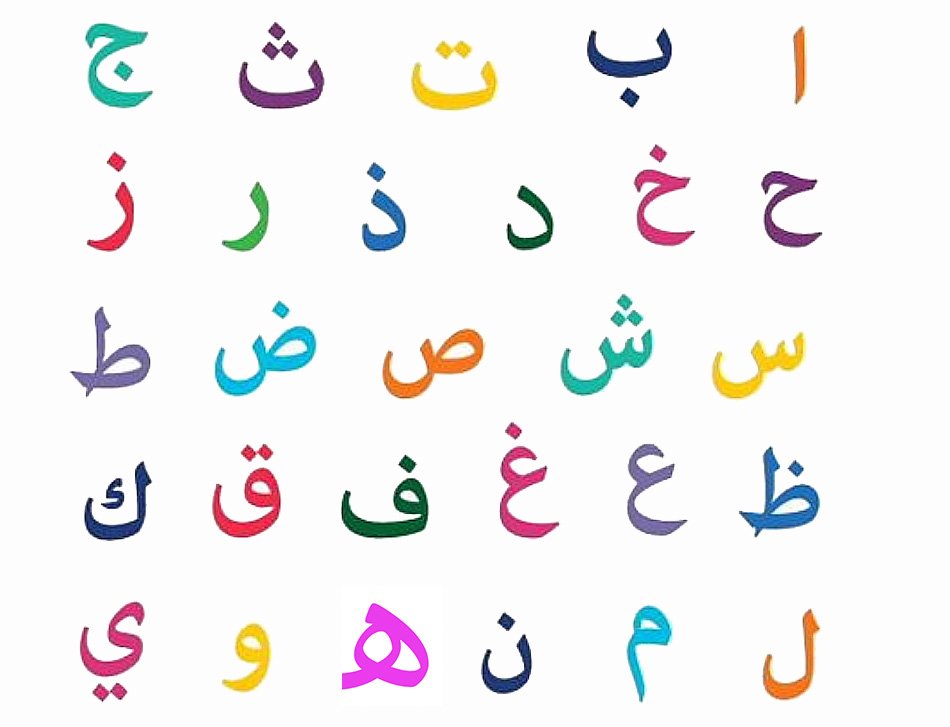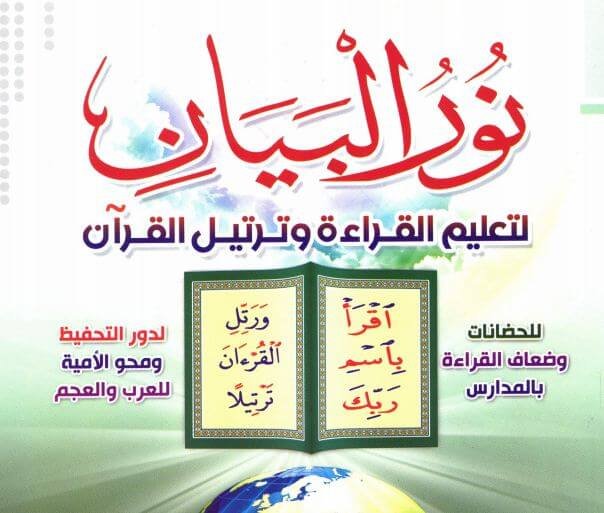Ramadan Encyclopedia
RAMADAN is the major fast of the Islamic year, which falls in the ninth lunar month. Traditionally, Ramadan commences and ends with the sighting of the new moon, though now a standard calendar is more commonly used. The law of fasting is laid down in Quran (2: 183-189); not only in these verses but also in many other verses that urge the believers to do good deeds including praying and fasting.
During Ramadan, Muslims aim to grow spiritually and become closer to Allah and their loved ones. They do this by fasting and abstaining from pleasures like smoking, drinking, and sexual intercourse between sunrise and sunset each day. Ramadan is also a time for unity and spiritual reflection and Muslims spend time praying, reciting the Quran, and doing good deeds. They donate to charity, spend time with loved ones, and avoid lying, gossiping, and fighting.
When is Ramadan
Ramadan is the ninth month of the 12-month Islamic calendar, a lunar calendar that’s based on the phases of the moon. The lunar calendar falls short of the solar calendar by 11 days. As a result, Ramadan doesn’t start on the same date each year and instead, over time, passes through all the seasons.
The holy month is likely to begin on Saturday, April 2. But we will have to wait until the new crescent is seen to know the exact date, as the Islamic calendar is based on the lunar cycle. The new moon heralds the start of the ninth month of the calendar, called Ramadan. The task of spotting it falls to the moon sighting committee – a group of astronomers, court officials, and advisers from the country's Islamic authority – which typically convenes after maghrib, or sunset, prayers on the 29th day of Sha’ban, the eighth month, to look for the new crescent moon. If they see it, Ramadan begins the following day. If not, it will start the day after.
The process is repeated around the time of the next new moon. When that is spotted Ramadan ends, and Shawwal, the 10th month, begins. Ramadan lasts either 29 or 30 days, depending on when the sighting is made.
The first week of Ramadan coincides with the second week of the spring school holidays, between the second and third terms. Once schools reopen, they will operate reduced hours – probably of no more than six hours a day during the remainder of the month. Ramadan will occur during the tourist season again. Restaurants will likely be able to serve diners without curtains or dividers. Many bars continue to serve liquor, as long as patrons are respectful and entertainment is kept to a minimum.
The Book’s Content
Al-Rayyan
Zakat-ul-Fitr
Deeds we should avoid
Good Deeds
Virtues of Fasting
The 12 Islamic Months
Pillars of Islam
The 3 Ashrahs of Ramadan
Laylatul-Qadr
Eid Sunnahs
Ramadan Encyclopedia
Download
Pronouncing Arabic Letters
Arabic letters may sound to some people that they are hard to be pronounced and to be remembered etc.
Arabic letters may sound to some people that they are hard to be pronounced and to be remembered etc.
The Arabic alphabet contains 28 letters, all representing consonants. Arabic is written from right to left in a cursive style; that means, when writing a word, the letters are joined together in a flowing manner, generally for the purpose of making writing faster
You gain vital language skills when you learn Arabic. It is easier to learn French or Spanish. Plus, these languages will allow you to travel or work in various countries, especially in Europe. However, you have more competition because there are more learners and speakers of these languages
The familiar Roman alphabet uses both print, in which each letter stands alone, and script, in which letters are connected (i.e., cursive).In Arabic, however, print does not exist. It is written entirely using a script. Therefore, it may be hard for beginners to distinguish between individual Arabic letters.
Words are written from right to left. Numbers are written from left to right. Some Arabic letters also change form depending on where they are placed in a word (beginning, middle, end, or standing alone).
Arabic has a root system – massive help when it comes to vocabulary! Every noun, adjective and verb is built on a system of 3 key letters, with changes in consonants and vowels.
We offer our students some pictures for each letter, such as tracking the dots, copying the letter, etc.
The Arabic letters
Download
Writing the Arabic Alphabet
Writing the Arabic alphabet is pretty different from the Latin alphabet that English speakers are accustomed to. It looks very different, it’s written from right to left, and has 28 letters that are written differently depending on where they appear in a word.
Sometimes people say about the Arabic language it is so difficult on them, especially when they start writing the letters or trying remembering them.
An Overview of Writing Arabic Letters
The Arabic alphabet does not use upper or lowercase letters as we see in the Latin alphabet. However, each letter (with a few exceptions) can be written differently based on its location in a word. There are four forms that each letter can take:
Initial (at the start)
Medial (in the middle)
Final (at the end)
Isolated (all by itself)
When you write in Arabic, it’s normally done in a cursive/script form, meaning that almost all the letters are connected and flow into each other.
The four different shapes exist to make it easier for that flow to happen. It may sound like a lot to learn, but once you get the hang of it, you’ll see how easy it is. The initial and medial shapes tend to be very similar and the isolation and final shapes resemble each other fairly closely, so it’s quite easy to learn the shapes and learn to connect the letters in different words.
We offer our students some pictures for each letter, such as tracking the dots, copying the letter, etc.
The Arabic letters
Download
Noor Al-Bayan نور البيان
Noor Al-Bayan Book is considered the best book we recommend as a starter for the students to start with, specially for the beginners.
Noor Al-Bayan is the best book we recommend as a starter for the beginners
Nour Al Bayan – “نور البيان” book is a step by step guide for teaching the beginners Arabic alphabet and words regardless the age.
We usually start with this book as it is specifically set for beginners in teaching the skill of reading, writing, and speaking in a correct manner where it qualifies the student to advance from the beginner’s level to the advanced levels in reading, speaking, and writing, making it an entry point of the other studies as specified.
The goal of this book is to raise the level of students and adults and children to the stage of excellence. With this book, students will learn Arabic alphabets.
It also contains learning and preparation activities so that children can remember what they learn for a long time. With this book, students will also learn to recite the Holy Quran.
“Download the book
Al Arabiyyah Bayna Yadayk “العربية بين يديك”
Al-Arabiya bayna Yadik is one of the most important books for learners who are interested in learning how to express themselves and who are eager to talk in Arabic
Al Arabiyyah Bayna Yadayk “العربية بين يديك” is a very easy book where it meant to teach the beginners who already know how to ready the conversation based on some dialogue and some situations on the book. it enhances your capacity with Arabic vocabularies and expressions.
We usually start with this book after we make sure that the learners have learned perfectly how to ready, so then comes the next step which is teaching them how to express themselves with simple sentences and expressions, etc.
The book has different levels, we will upload the first 3 levels here, and if you are interested in getting the rest of them, please feel free to contact us.













